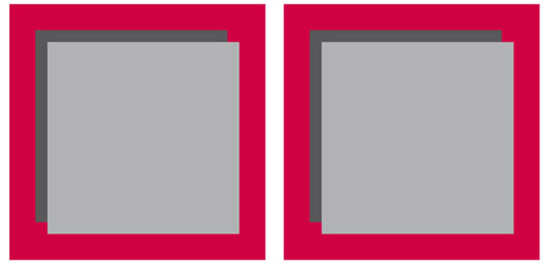Symposium: Saturday 5 March – Sunday 6 March, 2011, The Schildknecht Theatre, Academy of Music and Drama, Fågelsången 1
History, immateriality and mediation: How can we practice “the curatorial” today?
Lecturers: Boris Buden (Zagreb/Berlin), philosopher and writer; Clementine Deliss (Frankfurt am Main), curator and director of the Weltkulturen Museum in Frankfurt; Helmut Draxler (Berlin), curator and Professor of Art Theory at the Merz-Akademie College of Design in Stuttgart; Eungie Joo (New York), Keith Haring Director and Curator of Education and Public Programs at the New Museum in New York; Marion von Osten (Berlin), artist, curator and writer.
Interest in post-Fordist service and information-oriented working methods is evident within contemporary art. How can this type of immateriality be read into cultural heritage questions around, for example, the history of consciousness? How can we understand the privileging of the archive and the library over collections of objects within contemporary art, and what implications might this have for other disciplines? What is the function of mediation and the mediator within such a preference?
Graphic and spatial design: Luca Frei (Malmö)
Historically, the curator has been the person who has administered and looked after art assembled in collections. The curator has also selected and arranged works of art spatially as exhibitions. In this sense, the curator is an intermediary, a middleman, a mediator who creates new meaning through making specific choices. For the most part, this has been done anonymously, but since the end of the Second World War, curatorial work has increasingly been accompanied by a signature. As regards contemporary art, the curator’s mediating function, or translation, has developed into a curatorial praxis. The specific competence created by this praxis “the curatorial” can, on the one hand, be described as one typical of its time, and on the other, as a competence whose relevance stretches beyond contemporary art. The curatorial is akin to that methodology used by artists focusing on the post-production approach – that is, the principles of montage, with disparate images, objects and other phenomena that are brought together within a particular time and space-related framework. Since the curatorial has clear performative sides, it also includes elements of choreography, orchestration and administrative logistics – like all practitioners working with defining, preserving and mediating cultural heritage in a wider sense.
Seminar I: Monday 15 November, 2010
What, how and when is the curatorial?
Lecture by the artist Doug Ashford (New York) on working with the artists’ collective Group Material on pioneering and cross-disciplinary exhibitions in the US between 1979 and 1996. Lecture by the curator Maria Lind (Stockholm) on the historical functions of the curator and the growth of the concept “the curatorial”. Screening of the artist Philippe Parreno’s film “June 8, 1968″ and the artist Hito Steyerl’s film “November”. Discussion.
Seminar II: Thursday 20 January, 2011
Showing showing: Archival practices and immaterial work
Lecture by Beatrice von Bismarck (Leipzig/Berlin), art historian, curator and director of the new Masters Programme, Cultures of the Curatorial, at the Academy of Visual Arts in Leipzig. Von Bismarck lectured on how artists have been working with archive material and “immateriality” since the 1960s. How can the tension between material and immaterial cultural heritage be considered in relation to, for example, the movement of Conceptual art away from the object and the permanent, towards what the curator and writer Lucy Lippard at the end of the 1960s called “the dematerialization of the art object”? Discussion.
Curator: Maria Lind
Under the aegis of the Cultural Heritage seminars at the University of Gothenburg, a gathering point for the critical scholarly examination of and artistic perspectives on questions of cultural heritage.
For reservations please contact [email protected]
http://www.valand.gu.se/
http://www.science.gu.se/forskning/forskningsmiljoer/styrkeomraden/Kulturarv/
